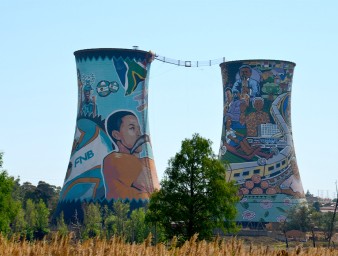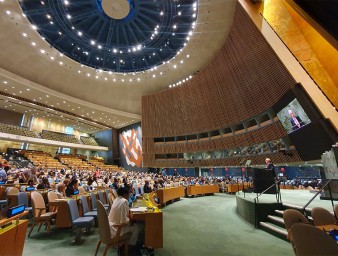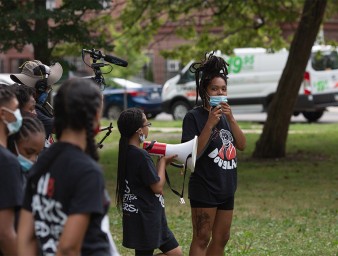Making cities the engine for rights-based, sustainable growth
28 October 2016

Homeless people – sleeping on cardboard mats on the streets of Paris, under bridges in Geneva, or in a London park, steps away from the five-star Ritz hotel – have become a common sight as millions seek both safety and opportunity in cities around the world.
The UN estimates 60 percent of the world’s 14.4 million refugees and 80 percent of the 38 million internally displaced people are moving to urban areas, where more than half of the world’s population today resides.
The large-scale movements of people seeking to improve their lives and to live safely away from conflict present opportunities as well as challenges for cities as they lead the way in realizing the New Urban Agenda adopted at the recent UN Habitat III Conference on Housing and Sustainable Development in Quito, Ecuador.
“More people than ever before are on the move around the world, both by choice and some without any choices at all. As the beating heart of our globalized world, the city must humanize habitats for people in all their diversity,” UN Deputy High Commissioner for Human Rights Kate Gilmore told the 30,000 local and regional officials, urban planners, civil society and community groups gathered at the conference. “Investing thus in the integration of migrants and refugees into the city is not only the right thing to do, it is also the smart thing to do.”
Cities can lead the way by upholding the rights and dignity of all their inhabitants, Gilmore stressed. “Yet today, through forced evictions, lack of tenure, absence of access to essential services and tolerance for intolerance, the city is – in so many instances – dehumanizing,” she said.
About 25 percent of city dwellers live in slums and lack access to basic services. The Deputy High Commissioner spoke of the need to humanize cities, through rights-based urban planning policies that also prioritize protection and inclusion of migrants, refugees and other minorities to ensure adequate housing and to counter discrimination, especially against people most in need of protection.
At a special session on migration and refugees, discussions highlighted the vital role and contributions of migrants and refugees in urban development.
“Refugees, internally displaced and stateless people have abilities and talents and aspirations, and they are attracted by opportunities that cities offer,” said Steven Corliss, director of the Division of Programme Support Management at the UN Refugee Agency. “They come in search of the things that most of us take for granted – to move freely and without fear, have a dignified home, find a dignified job to take care of their families, educate their children, see a doctor when they are sick and dare to dream of a better future."
The New Urban Agenda offers an action plan for the next two decades aimed at steering the growth of cities and towns to ensure equal access to housing and basic urban services and to promote greener, cleaner cities to become the engine for sustainable growth in the future.




